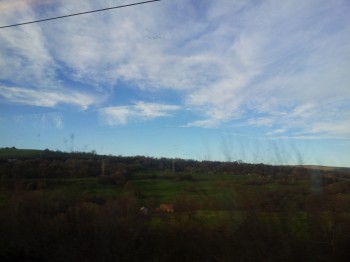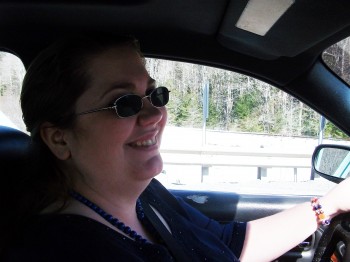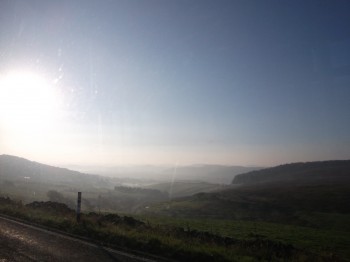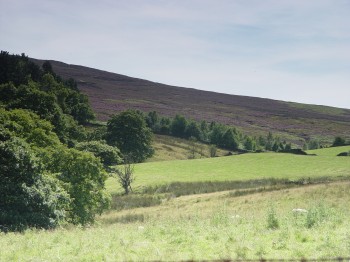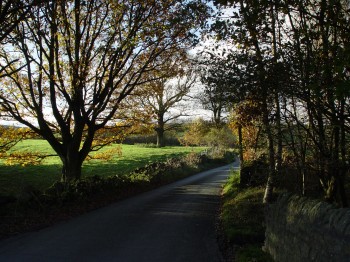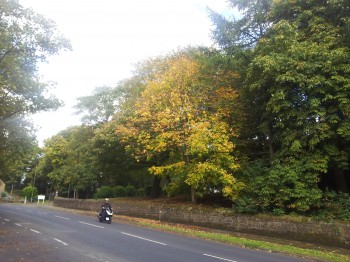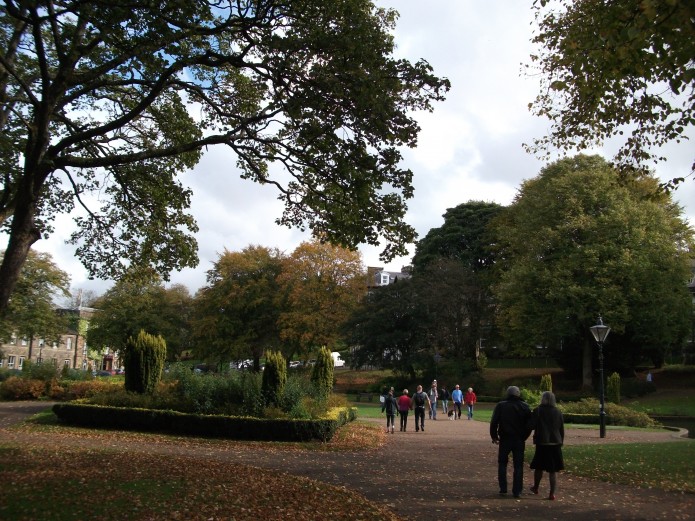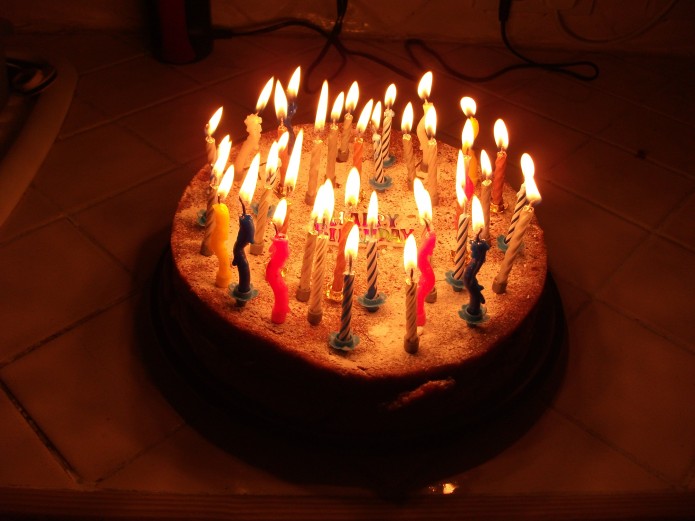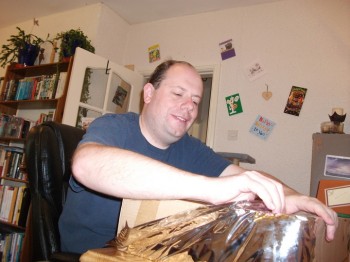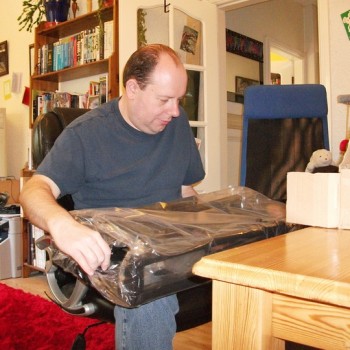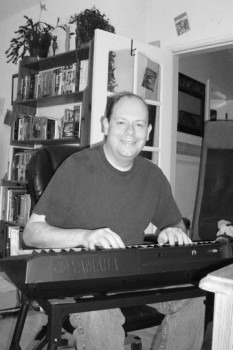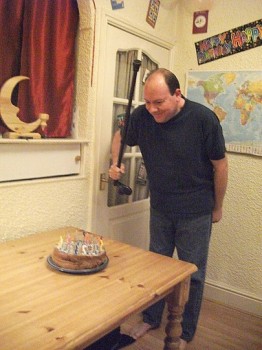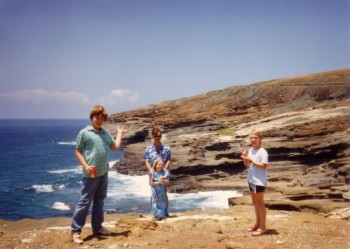One thing I do on a regular basis is look through the local planning applications and consultations. It keeps me informed about what businesses might be going in where, or expanding; the Derbyshire and Peak District National Park ones in particular educate me about town names beyond the area I know well; and, of course, it keeps me abreast of anything I may have strong feelings about one way or another.
I don’t actually know how the equivalent of planning applications might work in various places in the US. For one, as I keep reminding my UK friends, each local place in the US has its own rules and regulations, so “how does this work in the US?” is rarely a question that can be answered in a sentence or two if it’s the truth you want. For two, I didn’t get involved in this stuff when I lived there, so I don’t even know how it worked in one place. I can only tell you how it works here.
First, we’ll talk about planning applications. When someone wants to modify a building or plot of land, they have to put in a planning application. I think they only have to do this for modifications that can be seen from outside, unless the building is listed (that is, it has some special historical status, so it is protected), in which case all modifications seem to have to be submitted for planning application. In and around the Peak District National Park, rules are stricter in order to keep it looking nice, so some things must be applied for here that aren’t applied for elsewhere, as well as restrictions on materials used that I’m told aren’t enforced elsewhere – things like our stone buildings, or at least buildings that look like stone, as the price of stone buildings becomes prohibitive, and slate roofs (again, or slate-look roofs), and so on. I see ordinary householders applying for permission to change their windows – I hope this is because of these tighter restrictions because of the park, and not more widespread than that.
When someone wants to change the use of a building or piece of land, this requires a planning application, too. Currently, there’s one for a change of use in the Glossop Market Arcade from a clothes shop to a nail salon, for example.
When the planning department grants planning permission, they usually do it with a number of conditions attached. Once the applicant has fulfilled one or more of those conditions, they then need to come back and file another application, a Discharge of Conditions. This means they’ve met it and they need permission to proceed with the rest of what they want to do. Often they need to show the planning department the materials they want to use, or more specific blueprints, or another bat survey, or some such, before they can proceed to this or that step of the development.
Anyone can weigh in on any planning application that they want to. The planning officer or committee charged with deciding that application should consider all submissions (including source and what was said). Naturally, lots of hard feelings abound when the planning decision goes against popular opinion, but people forget that they’re dealing with bureaucrats – they have to tick boxes. They have rules they have to follow, and as with all bureaucrats, it works best if you speak to them in their own language: most of them can’t translate.
If you want to comment on a planning application, don’t just write, as I see so many people do, “This is a stupid unneeded thing, don’t let them put it here!” or something vaguely like that. Realize that when they reject planning applications, they can’t use that argument at all. They must, instead, use their rules to reject it. Go find those rules and tell them what rules the proposed thing would break. Loss of amenity is always a favorite.
Finding the rules was great fun for me, starting from scratch with absolutely no knowledge of how the UK government works, when I first was riled up enough to object to a planning application, but I managed it. I spent about two days familiarizing myself with the regulations, and then another day drafting my eight-page letter telling them, rule by rule, all the ways I could see their proposal broke the rules. After that, I’m familiar with it, so it doesn’t take nearly so long when I get riled up enough to comment on an application. What are these rules? All of us in the UK have the National Planning Policy Framework to start with. After that, check here (type the post code or town you’re interested into in that search box near the top) to see what local authority deals with planning there. If you type in Youlgreave, for example, you’ll get a drop down menu – Youlgreave has both the Peak District National Park Authority and the Derbyshire Dales District Council to contend with. Choosing the local authority you’re interested in gives you a host of links; the Local Plan link is the one you want.
For the Glossop area, we have these currently:
- High Peak Borough Council Local Plan – until the one currently being reviewed is approved by the Inspector and published, we’re using the 2008 Local Plan (pdf) (link)
- Peak District National Park Authority Local Plan – (link)
- Derbyshire County Council Minerals and Waste Planning Policy – link
- National Planning Policy Framework (pdf) (link)
Planning applications have to abide by all of the policies for the jurisdictions applicable for their site, so figure out which those are, and then go through these rules and find which apply to the application you’re looking at, and use those rules to bolster your argument.
You can read more about the process on wikipedia. Another good summary is on the website of one of the local councillors, Anthony Mckeown, here.
Right, I came here to tell you about a particular case I’ve tripped upon today, but this primer has grown so long that I’m going to leave it to stand on its own and share The Case Of The Caravan Park with you in another entry.







